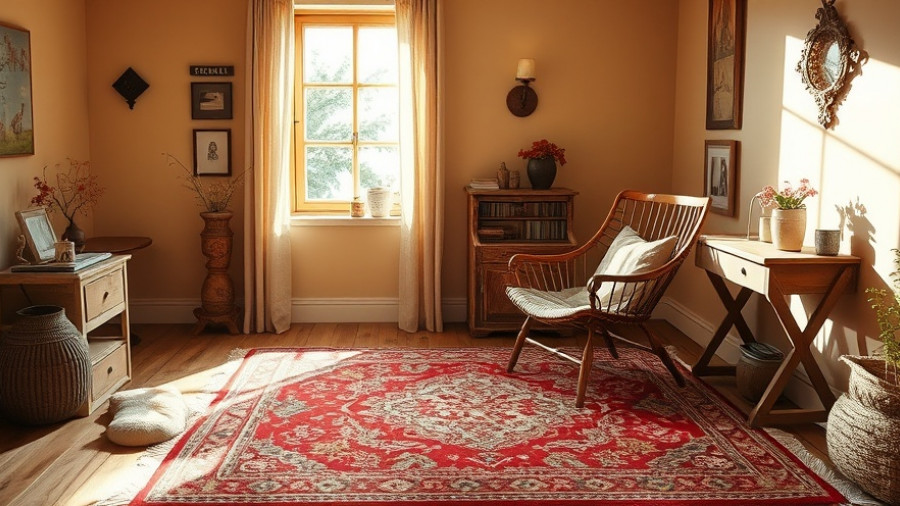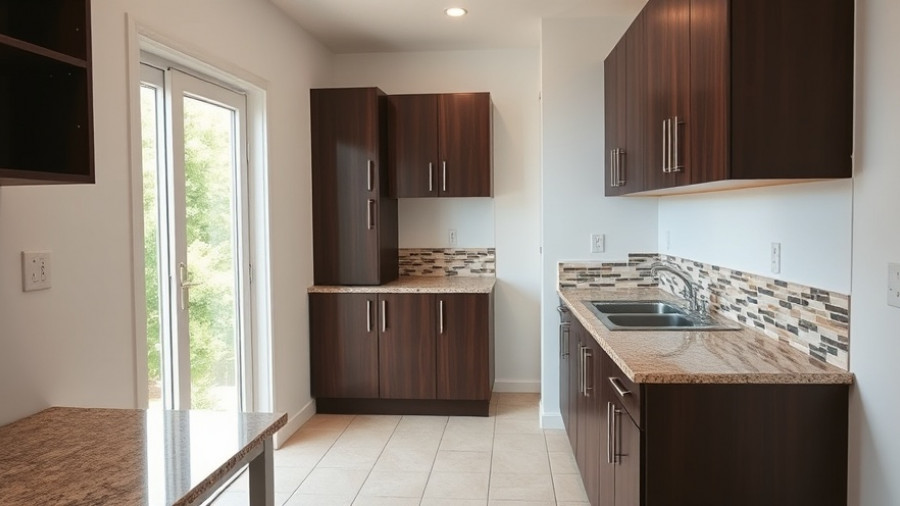
Transforming Spaces: The Art of Redesign
Open spaces can often feel overwhelming and lack a sense of coziness. However, with the right approach, they can be transformed into inviting retreats for families to enjoy. A recent project showcases how innovative design and thoughtful planning can breathe new life into open areas, making them not just functional, but aesthetically pleasing. Today, we explore three transformative projects that exemplify this creative evolution.
1. The Importance of Defined Areas
One of the major benefits of redefining an open space is creating specific zones that cater to different functions. A common approach is to utilize furniture arrangements to carve out distinct areas—like a cozy reading nook with a chair and bookshelf separated by a rug from a lively play area for children. This technique not only introduces an organization to the space but heightens its overall comfort. Homeowners can easily replicate this by assessing their needs and incorporating relevant furnishings and decor that emphasize these designated spaces.
2. Optimized Lighting Solutions
Lighting plays a crucial role in how open spaces are perceived. Natural light should be maximized where possible, but layered artificial lighting is equally important. Warm-toned fixtures, such as pendant lights or floor lamps, can enhance a welcoming ambiance. For instance, in one project, the installation of strategically placed sconces harmonized with floor-to-ceiling windows that led to a serene outdoor view, creating a seamless connection between the indoors and outdoors. Homeowners should invest in diverse lighting solutions to evoke different atmospheres throughout the day.
3. Incorporating Nature into Design
Bringing natural elements inside can significantly elevate the comfort level of an open space. One effective strategy is to integrate biophilic design principles, which highlight the relationship between humans and nature. This can be achieved through indoor plants, natural wood furnishings, and earthy color palettes. A case study demonstrated how large potted plants and reclaimed wood shelving worked together to create a harmonious feel that mimicked the calming presence of the outdoors. Homeowners should consider sourcing plants that suit their lifestyle, hence making the space feel alive and vibrant.
Future Trends: The Shift Towards Comfort and Community
As we keep redesigning our living spaces, it's essential to recognize the emerging trends that focus on comfort and community. Spaces that encourage interaction, such as open kitchen designs, are proving to be in high demand. Moving forward, homeowners may look into adaptive furniture that can transform rooms to accommodate gatherings or more private family moments. Investing in flexible designs creates a home that adapts to various needs, fostering both comfort and connectivity.
Common Misconceptions about Open Space Design
It’s a frequent misconception that open spaces must sacrifice coziness for functionality; however, the opposite can be true. With careful planning and design, open areas can simultaneously serve multiple purposes while remaining inviting. The integration of varied textures, colors, and layouts can contribute significantly to making a large area feel warm and intimate. Homeowners should challenge the norms and explore the potential of their spaces, remembering that comfort and practicality can go hand in hand.
In conclusion, transforming an open space into a comfortable family retreat is not only achievable but also rewarding. By focusing on defined areas, optimized lighting, and integrating natural elements, families can create inviting environments that promote both relaxation and community. As the design world continues to evolve, embracing innovative ideas will ensure these spaces remain cherished family hubs for years to come.
 Add Row
Add Row  Add
Add 




Write A Comment